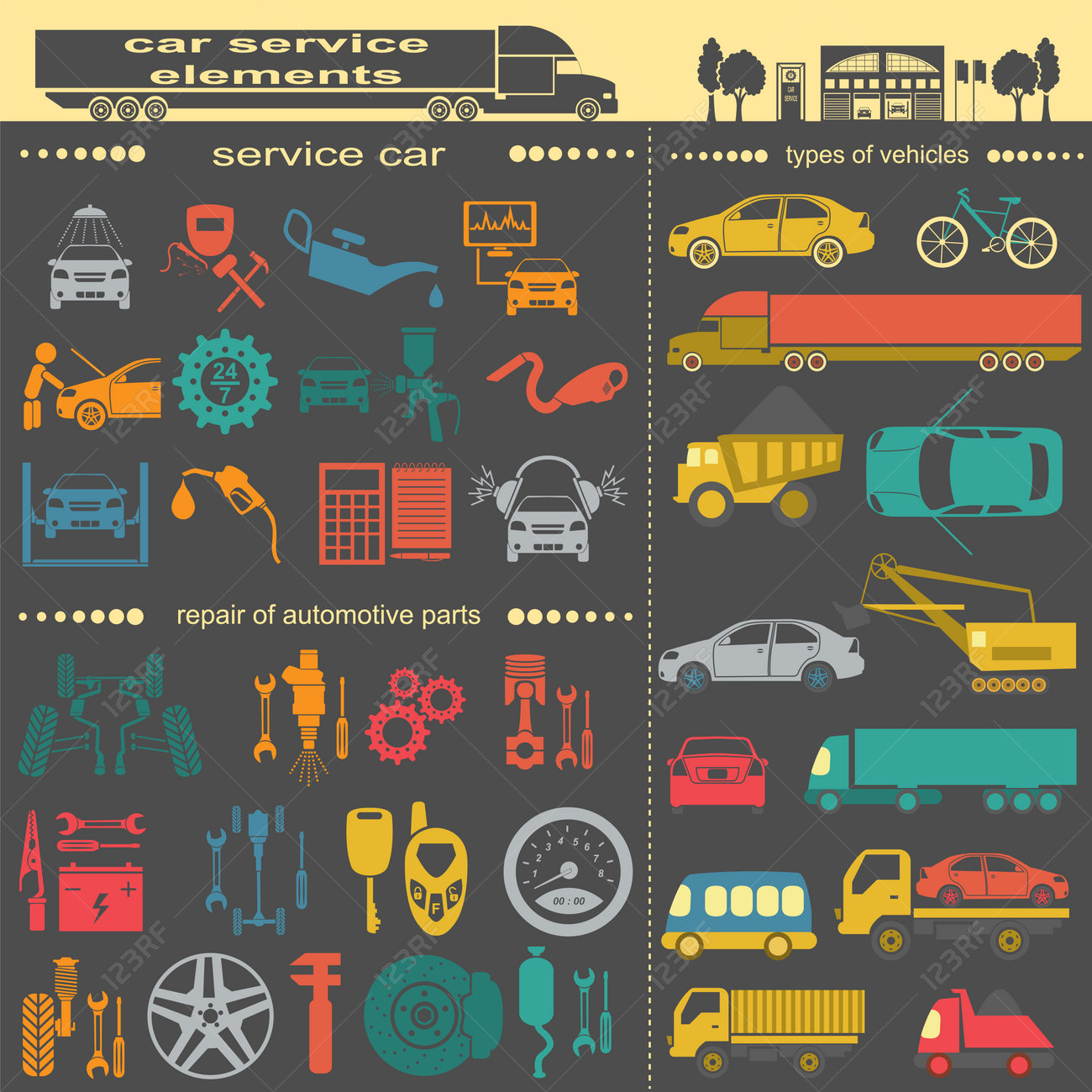Grasping The Relevance Of Your Auto'S Warning Signals: What They Really Represent
Grasping The Relevance Of Your Auto'S Warning Signals: What They Really Represent
Blog Article
Post Produced By-Vinson Stark
When you lag the wheel, those beautiful warning lights on your dashboard can be a little bit puzzling. Do touchfree car wash near me understand what they're trying to inform you regarding your auto's health and wellness? Recognizing the significance of these lights is vital for your safety and security and the longevity of your vehicle. So, the following time one of those lights appears, wouldn't you wish to understand its message properly and take the needed actions to address it?
Common Warning Lighting and Interpretations
Determine common warning lights in your automobile and understand their meanings to ensure safe driving.
One of the most common warning lights include the check engine light, which signifies concerns with the engine or discharges system. If this light begins, it's critical to have your car checked promptly.
The oil pressure alerting light suggests reduced oil pressure, calling for instant interest to prevent engine damage.
A blinking battery light might recommend a malfunctioning charging system, possibly leaving you stranded if not resolved.
The tire pressure monitoring system (TPMS) light signals you to reduced tire stress, affecting vehicle stability and gas performance. Disregarding this can cause unsafe driving problems.
The abdominal light suggests a trouble with the anti-lock stopping system, jeopardizing your ability to stop quickly in emergency situations.
Last but not least, the coolant temperature advising light warns of engine getting too hot, which can result in extreme damages if not settled quickly.
Understanding these common caution lights will assist you address problems immediately and preserve secure driving problems.
Significance of Prompt Attention
Recognizing the typical caution lights in your vehicle is just the initial step; the significance of without delay dealing with these cautions can not be highlighted sufficient to ensure your safety on the road.
When a caution light illuminates on your control panel, it's your auto's way of communicating a prospective concern that needs attention. Overlooking these warnings can result in a lot more serious problems down the road, jeopardizing your safety and possibly costing you extra out of commission.
Prompt focus to advising lights can protect against malfunctions and accidents. As an example, a blinking check engine light could indicate a misfire that, if left ignored, could trigger damage to the catalytic converter. Addressing this immediately can conserve you from a costly repair work.
In a similar way, a brake system alerting light may signal low brake liquid or used brake pads, crucial components for your safety and security when driving.
Do It Yourself Troubleshooting Tips
If you observe a caution light on your dashboard, there are a couple of do it yourself fixing tips you can try prior to looking for specialist aid.
The very first step is to consult your cars and truck's manual to comprehend what the specific caution light indicates. Often mobile detailing services can be as basic as a loosened gas cap setting off the check engine light. Tightening the gas cap might deal with the problem.
mobile car cleaning is a reduced battery, which can activate different warning lights. Inspecting the battery connections for deterioration and guaranteeing they're safe and secure might take care of the problem.
If a warning light lingers, you can attempt resetting it by separating the auto's battery for a couple of mins and then reconnecting it. In addition, checking your vehicle's liquid degrees, such as oil, coolant, and brake liquid, can aid repair warning lights connected to these systems.
Final thought
In conclusion, understanding your vehicle's caution lights is crucial for maintaining your car running smoothly and safely. By immediately addressing these alerts and understanding what they mean, you can avoid costly fixings and prospective break downs.
Keep in mind to consult your vehicle's manual for specific details on each warning light and do something about it accordingly to make sure a trouble-free driving experience.
Stay educated, stay safe on the road!
